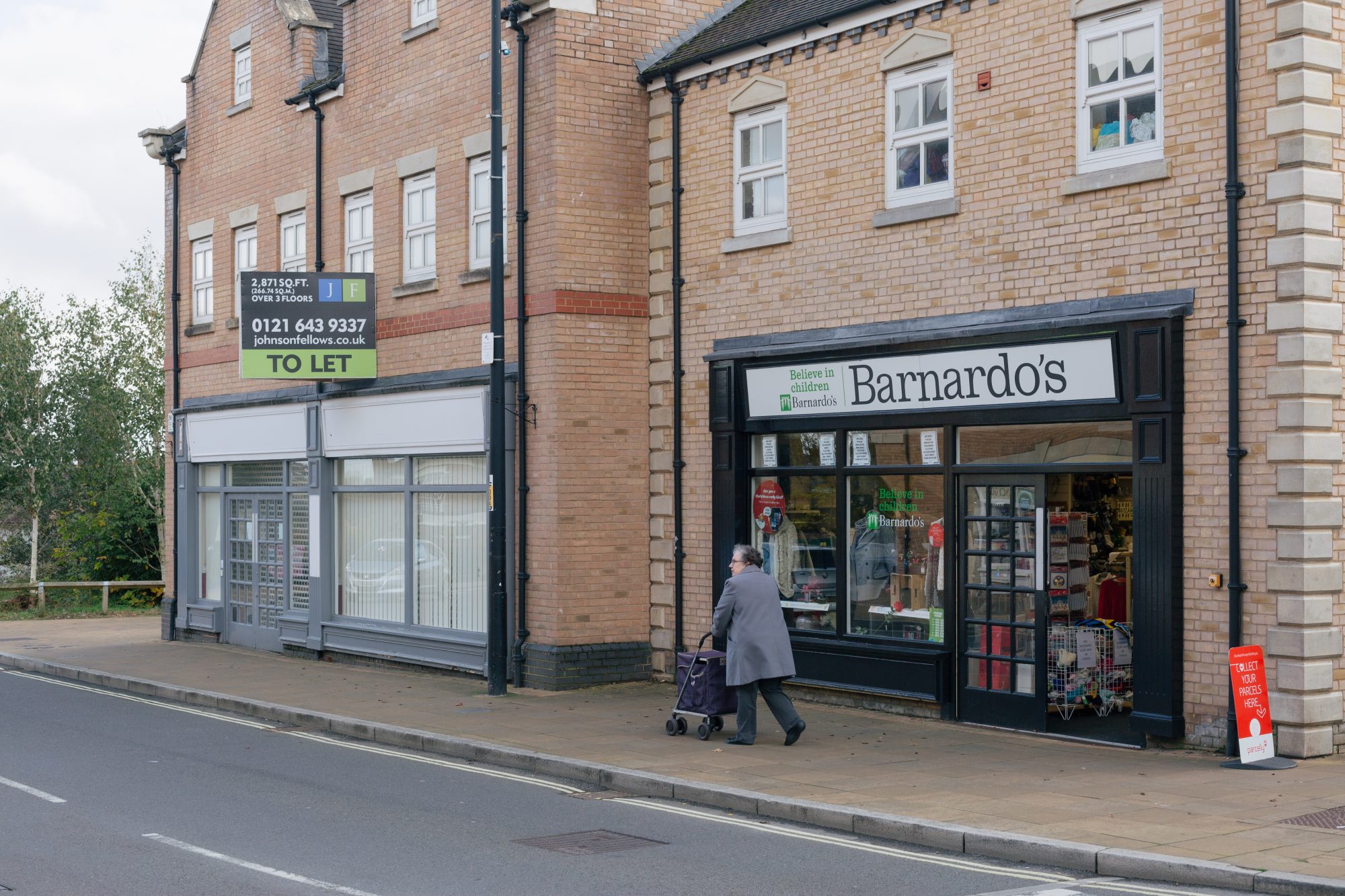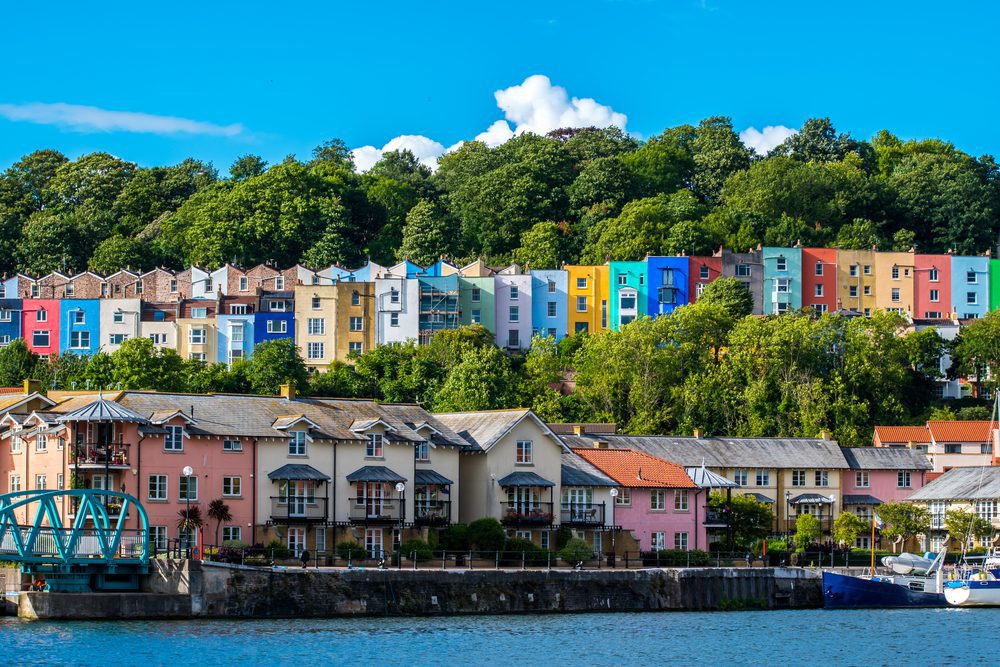
Jessica Craig
Policy Manager
As WHSmith’s announces plans for the sale of much of its high street business, it becomes the latest stalwart of British retail set to exit our high streets. The plans, announced in January, follow bleak news about the retail sector at large – the Centre for Retail Research reported that 13,479 stores closed their doors for the final time in 2024, up 28% on the previous year. Meanwhile December 2024 saw footfall to high streets, shopping centres and retail parks down 2.2%, according to data from the British Retail Consortium.
Statistics aren’t everything. How the high street looks and feels is a critical factor in whether people want to spend their time and money there. But when our high streets look run down and feel unsafe, in no small part because of the number of vacant units, it’s clear it’s time for a change. The decline of high street retail indicates a need to diversify our high streets to ensure their survival – what a recent report from the House of Lords Built Environment Committee calls a possible ‘life beyond retail’.
The opportunity of community-led revival
New data from the Community Business Market Report 2024 demonstrates that community businesses are helping to give high streets a life beyond retail. Community businesses have continued to transform their high streets and are helping to reimagine them as vibrant, mixed-use civic spaces.
Just under half (46%) of community businesses are located on or near a high street and two-fifths (39%) believe they have had at least some impact on high street regeneration. They are doing this by taking on and redeveloping previously empty buildings, improving the physical fabric of the high street. They offer a range of activities and opportunities to give people more reasons to visit the area and act as destination spaces, increasing footfall to other local businesses. And they work in partnership with other local high street stakeholders through local place-making and regeneration groups, to create a shared vision of what the future of their high streets should be and drive development.
While community businesses are playing a key role in bringing up the state of the high street, they also note that a high street location can be of benefit to them, including through greater visibility and footfall relative to non-high street locations and the opportunity to draw in customers who might be in the area for other reasons.
However, the data also tells a story of significant untapped potential. Three-fifths (60%) of community businesses believe barriers prevent them from taking on the vacant assets that could help revival their local high streets. Meanwhile, fewer than three in ten (28%) feel local authorities or private sector organisations encouraged community business to contribute to strategic decisions about high streets. Some are also deterred from locating on a high street because of perceptions of higher rent, greater costs to customers and visitors (for example, for parking) or a greater risk of anti-social behaviour.
Community businesses want to see other local stakeholders, like councils, work proactively with them to tackle challenges on the high street. Together, change can be achieved by incentivising communities to own or manage assets by reducing the financial costs, helping them to identify suitable vacant properties and land for community use and ownership, and brokering partnerships that will help communities to find space on the high street. Throughout 2025, we’ll be working alongside our Community-Led High Street Innovators to explore how communities and their partners can work together to unlock space for community use and ownership, and ensure community voices are heard in the decisions made about the future of their high street.
A life beyond retail?
So what does a life beyond retail look and feel like for the high street? Take a look at businesses like Sparks in Bristol or the Haven Community Hub in Southend, both repurposing iconic, former department stores. Or better still, pay them a visit. Bright, colourful window displays, frequent free and low-cost community events and activities, and places to meet and make connections make these community businesses inviting and inclusive spaces that keep people returning to the high street.
Undoubtedly, retail is part of their business model: both have cafes, Sparks hosts independent pre-loved fashion retailers and the Haven Community Hub houses a charity shop. But key to their success is their ability to do much more, providing the variety and vibrancy that the House of Lords report argues is key to the resilience and recovery of high streets, even when shops do close down.
By giving people a place to go, something to do, and a way to take pride in their neighbourhood, community businesses are working to ensure that there’s life in the high street yet.



